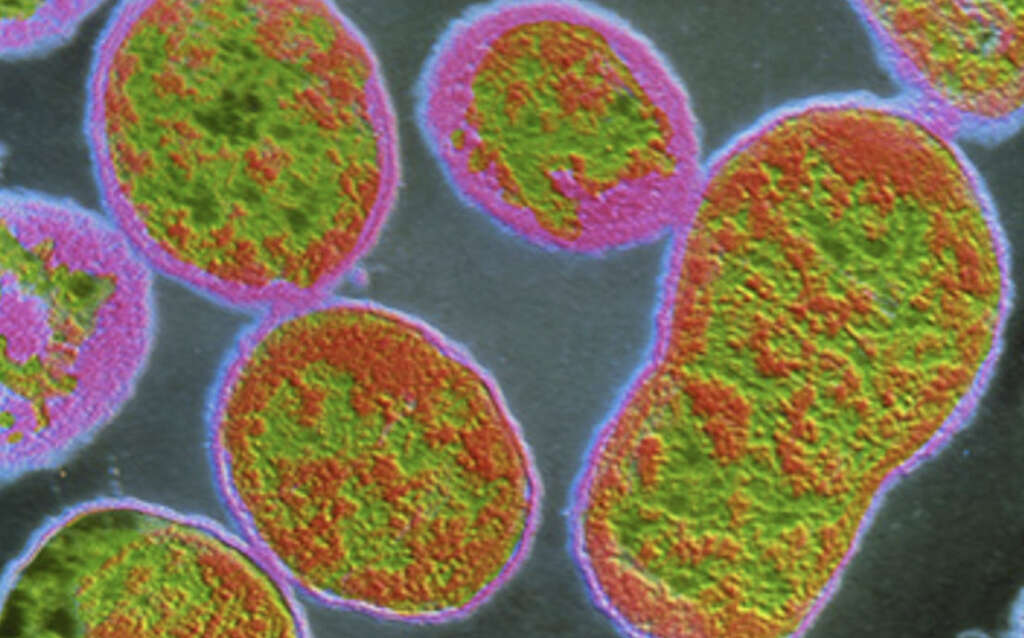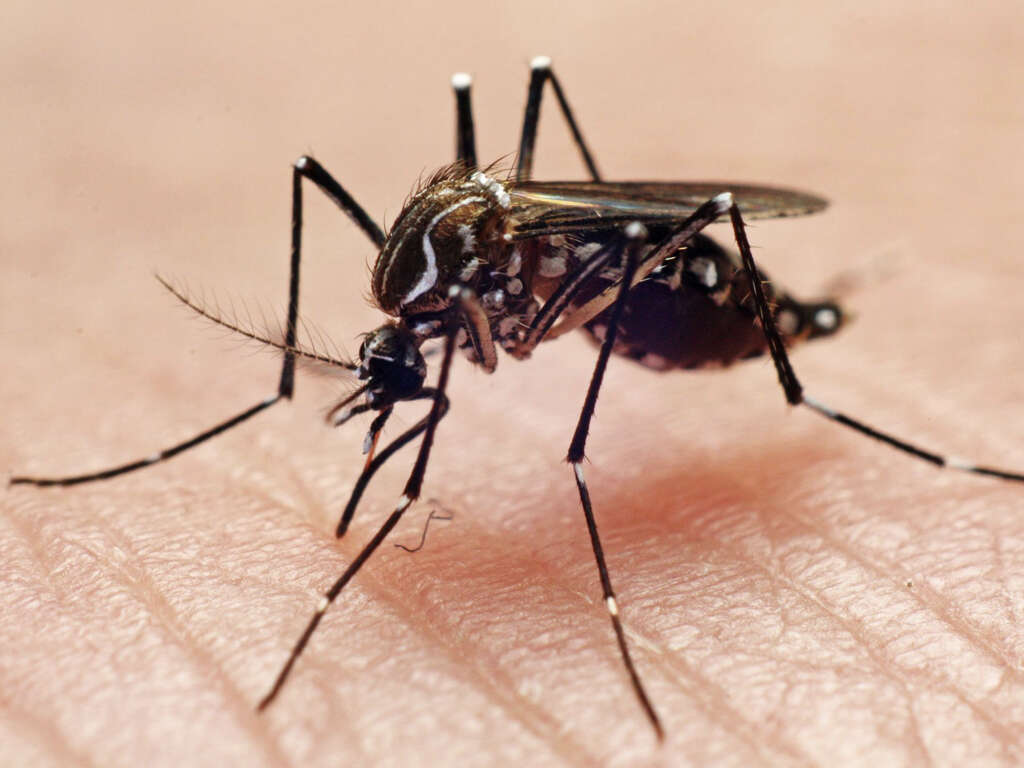What Is Brucellosis?
Wherever you go you there will be bacteria. This is not usually a problem because we have defenses against those that might do us harm. Our defenses are not impenetrable, however, meaning that we can occasionally fall ill. Even then, our defenses are usually still strong enough to keep us from serious harm.
Some of these bacteria will come from other animals, so we will need to be careful when around them. One such example is the Brucella bacteria which can be transmitted from many animals. It can make us quite ill, and the disease can last with us for a long time in some cases. The disease caused by this bacterium is known as Brucellosis.

1. Brucella
Brucellosis is an infection that is caused by the Brucella bacterium. There are different strains of the bacterium and each strain is able to infect different species of animal, including humans. It is not a common disease in the developed world, largely because the disease has been controlled through various programs.
While the disease is usually treatable, it can also be very dangerous in some cases so it is wise to get treatment as soon as possible. However, the early signs are likely to be overlooked because at first it will appear as though the patient has the flu, or similar.

2. Animals Infected
A mentioned, the Brucella bacterium can infect a number of animal species. This includes wild animals, but also domestic animals, including some of those that are used as food. This means that there is a greater chance of humans catching the disease from other species.
Animals that can be infected include cattle, sheep, camels, and goats. Dogs that are likely to be in contact with certain other species will also sometimes be infected. Other animals that can be infected include deer, caribou, moose, bison, and elk. Porpoises, some whale species, and harbor seals can also be infected by a particular strain.

3. Transmission
The Brucella bacteria is often transmitted from animals to people through consumption. This can mean through eating meat that has not been cooked thoroughly enough. In some cases, the bacterium is spread through the consumption of infected dairy products.
Direct contact with blood and other bodily fluids can also cause people to become infected, but infection does not take place just by being in physical contact with other animals. Brucellosis bacteria are also sometimes inhaled from the air. The bacterium is not usually transmitted from person to person, except for cases when it is transmitted to a child through their mother’s breast milk.

4. Symptoms
In many cases, the patient will start showing symptoms a few days after being infected with the bacteria. In other cases, it might be several months before the patient shows any signs of the disease at all. The patient will sometimes find that the symptoms will vanish for extended periods of time, only for them to return later.
While the condition can often be cured, it can also be chronic in some cases. That means that it can remain with the patient for months or years despite treatment. It can also go on to cause symptoms that will cause a drop in the quality of life for the patient.

5. Fever
As already mentioned, Brucellosis is a disease that is often overlooked for being the flu. This is because symptoms include fever which is so often caused by the presence of the influenza virus. Where there is a fever, chills are often not far away, and the patient can also experience sweats.
Another symptom that makes the condition so often mistaken for the flu is aching muscles and joints, while the patient will also sometimes experience back pain. Even if you do suspect an illness is down to something like the flu, you should still see a doctor if the symptoms persist or if they become severe.

6. Fatigue
Brucellosis can be a very tiring disease for people, leaving them feeling fatigued regardless of how much rest they manage to get. They can feel physically weak and feel as though they have no energy to do what they want to do.
In addition, the patient may lose their appetite and not eat as much usual as a result. This is only likely to add to the fatigue they are already experiencing. It is also not uncommon for Brucellosis to cause a headache. These are also symptoms that should encourage you to speak with a doctor of they get too severe.

7. Risk factors
The risk of catching Brucellosis depends largely on a person’s activities and their location. People that are around animals often are more likely to be exposed to the Brucella bacteria and, therefore, more likely to catch the disease. This includes, but is not limited to farmers, zookeepers, veterinarians, and slaughterhouse workers.
The disease is rare in the United States but you are at an increased risk of catching it if staying or travelling in many other parts of the world, including mainland Europe. Eating uncooked meats and unpasteurized milk or its products will also make you more likely to get the disease.

8. Complications
As mentioned, the symptoms of Brucellosis can last with the patient for a very long time. Long term symptoms of the disease include, but are not limited to, arthritis, which affects the joints, and spondylitis, which is an inflammation of the vertebrae. It can also lead to an inflammation of the testicles in some men.
Some patients will also experience an inflammation of the liver and/or the spleen. Another possible condition is endocarditis which is a potentially dangerous infection of the tissues that line the inside of the heart. Other serious conditions like meningitis and encephalitis can also be caused by the disease.

9. Prevention
Various measures are already in place to help prevent people from catching Brucellosis, and other diseases. However, there is still more that you can do to protect yourself on an individual level. One of these includes avoiding dairy foods that have not been pasteurized. Also make sure that any meat you eat is cooked thoroughly.
If you are travelling, then food safety standards may not be as high as they might be where you are from. This means you should be extra careful with food. If you are in an industry such as farming that will increase your exposure then you should take safety precautions. This can mean wearing gloves and/or masks.

10. Treatment
As it is caused by a bacterium, treatment for Brucellosis generally involves taking antibiotics. You will usually be asked to take antibiotics for at least 6 weeks. In some cases, it might even be months before the symptoms disappear altogether. There is also the chance that the disease will reappear in some cases. Treatment tends to involve methods to try and prevent a relapse from taking place.
In addition to treating the underlying cause, the patient will also tend to be treated for their symptoms. This is especially the cases in examples of chronic Brucellosis where the patient is experiencing more serious and potentially dangerous symptoms.












